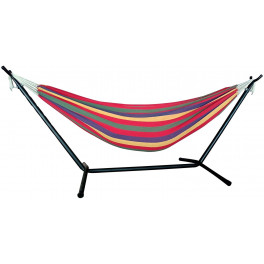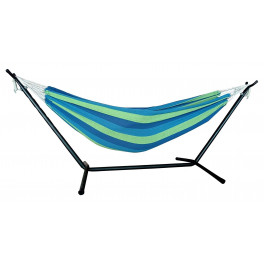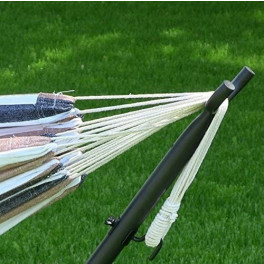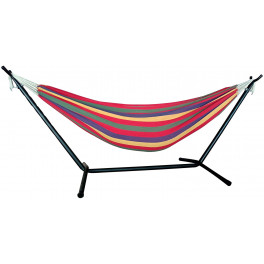Creating a butterfly garden is easy, and there are hundreds of flowers and shrubs to choose from. Here are five tips to help you create a butterfly garden that will also help increase your local butterfly population!
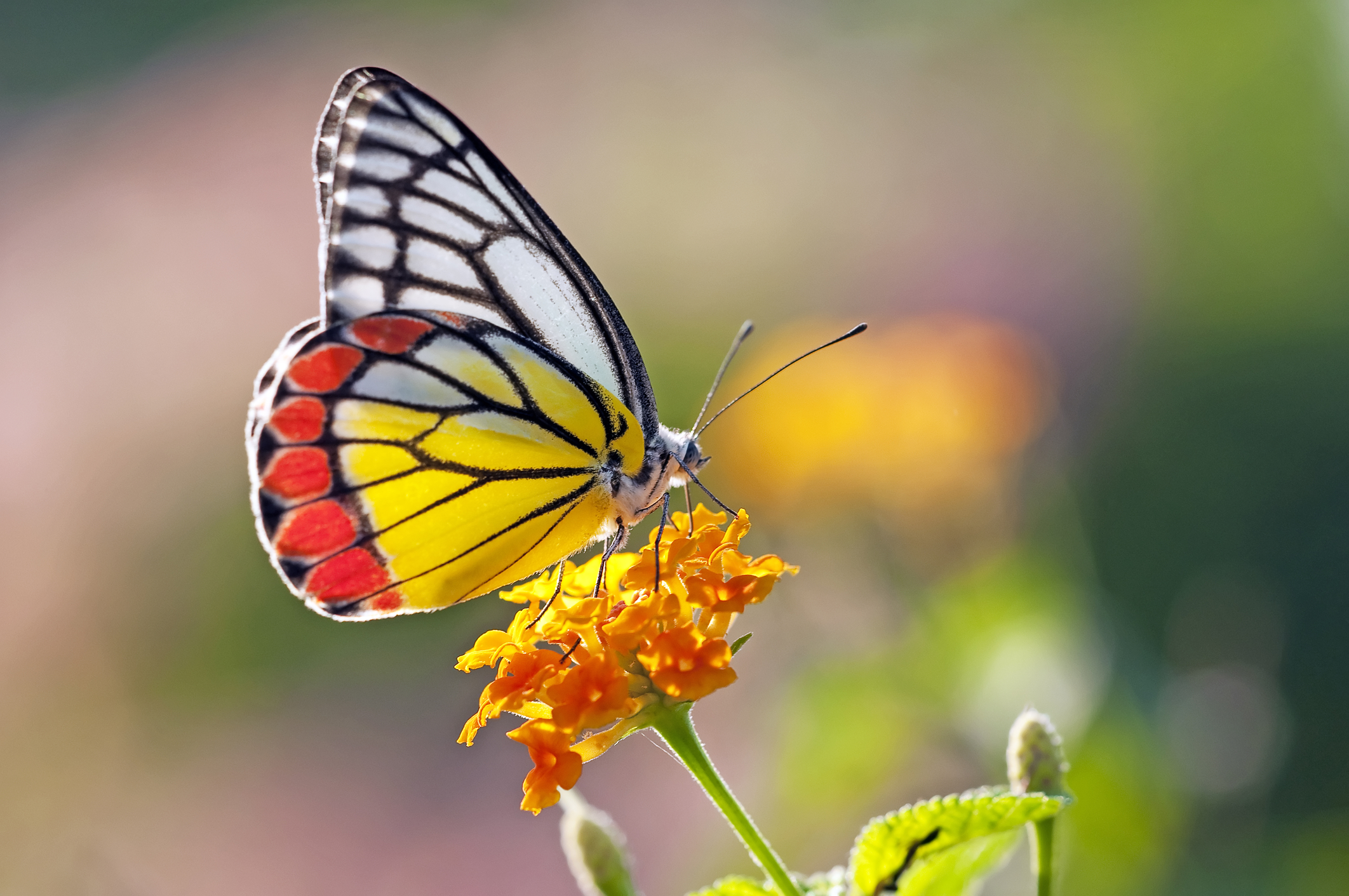
Photo by Nike Sh on Dreamstime
1. Prepare the Site
Your butterfly garden will need plenty of sun, so be sure to choose a bright spot for it.
Depending on how much space you have, you can set aside space in your yard or even just use a large gardening pot. But whichever you choose, do yourself a favor and place your butterfly garden by a window so you can see the fruits of your labor. Happy butterflies fluttering around your garden is a remarkable sight.
Just regular potting soil will do the trick. If you’re planting in your yard, prep the area by troweling where you’ll plant, and add fresh soil as needed.
If you’re using a pot, use a wide one. For butterfly garden pots, width is more important than length. Your planter doesn’t need to be especially deep because most of the plants you’ll be using don’t have deep root systems. In fact, you can even use several smaller pots and add them to a decorative pot holder, or use something fun like an old wheel barrel or a half oak barrel to contain all your plants.
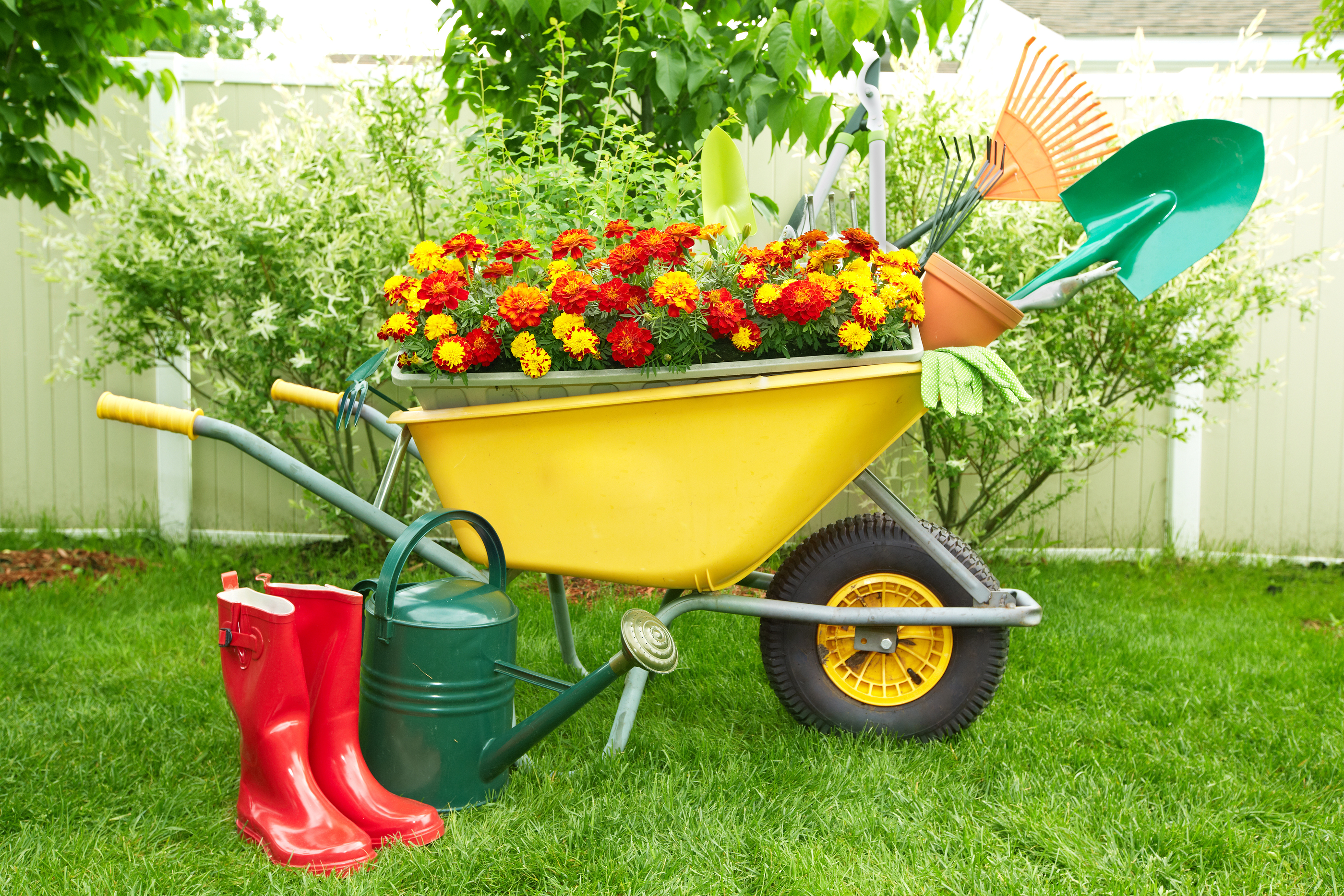
Photo by Kurhan on Adobe Stock
2. Choose Your Plants
This is where you really get to make some exciting decisions. There are many different types of flowers you can choose for your hungry monarch friends. Depending on your area, you can choose by color, but the fragrance is what keeps the customers coming, and makes your spring days an outdoor jazz festival of smells.
Research what butterfly-attracting plant species are native to your area. Depending on where you live, some butterfly-attracting plants include purple cone flowers (Echinacea purpurea), yellow cone flowers, sunflowers, marigolds, poppies, cosmos, salvias, some lilies, asters, coreopsis, daisies, verbenas, lantanas, milkweed (especially for the monarch butterfly whose caterpillars feed solely on this plant), the butterfly bush (also called buddleia), zinnias, pentas, and others. Violets, pansies, Johnny-jump-ups, and goldenrod also make an attractive choice for butterflies in search of nectar.
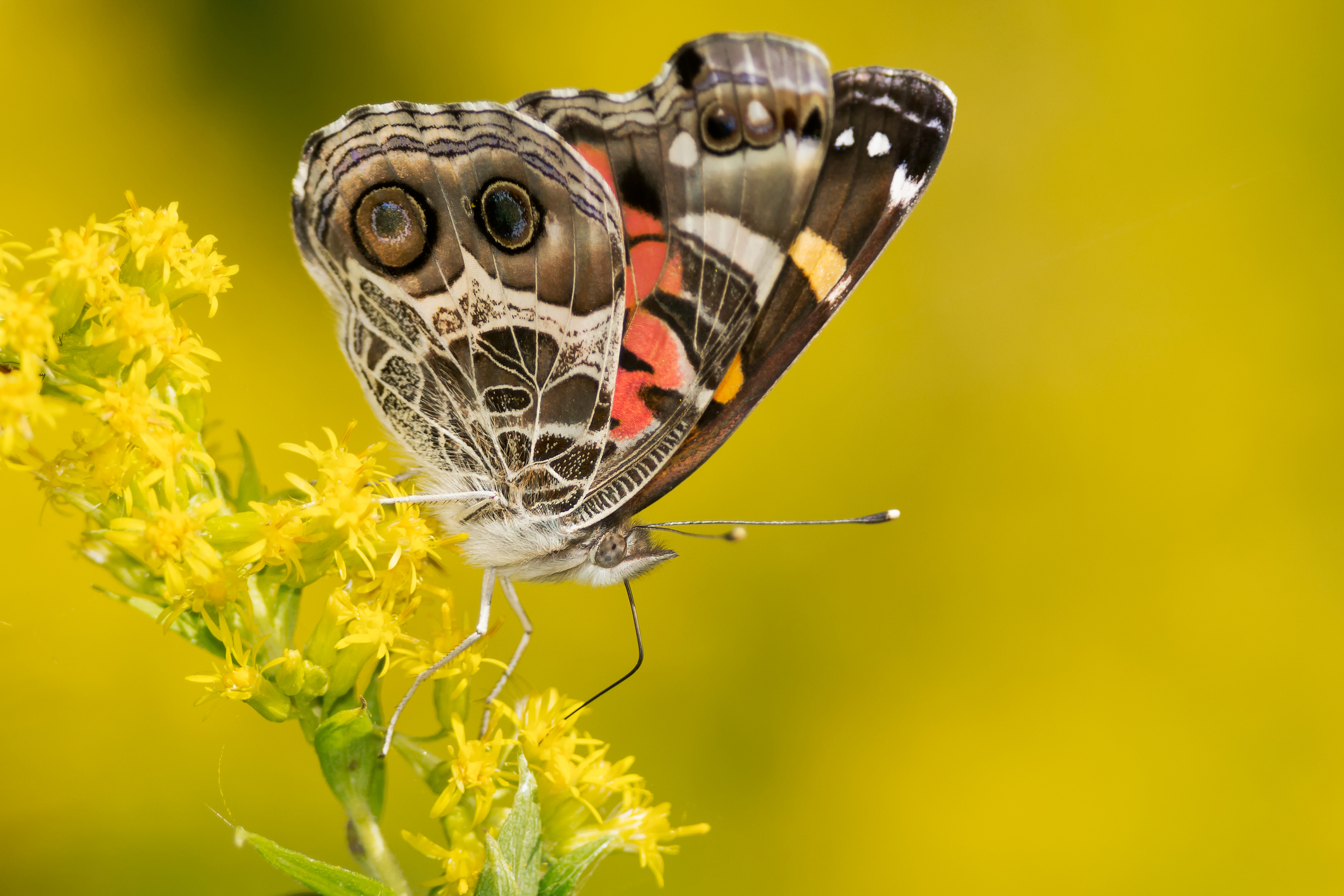
Photo by Paul Reeves Photography on Shutterstock
Since these magnificent creatures start off as caterpillars, when making a garden for butterflies, you’ll need to satisfy the meal requirements for their creepy-crawly initial state. Provide host plants to feed the caterpillars. This is just as important as planting flower beds with nectar-rich blooms. Good caterpillar host plants include daisies, burdocks, hackberries, Queen Anne's lace, turtleheads, false foxgloves, plantains, parsley, dill, and fennel.
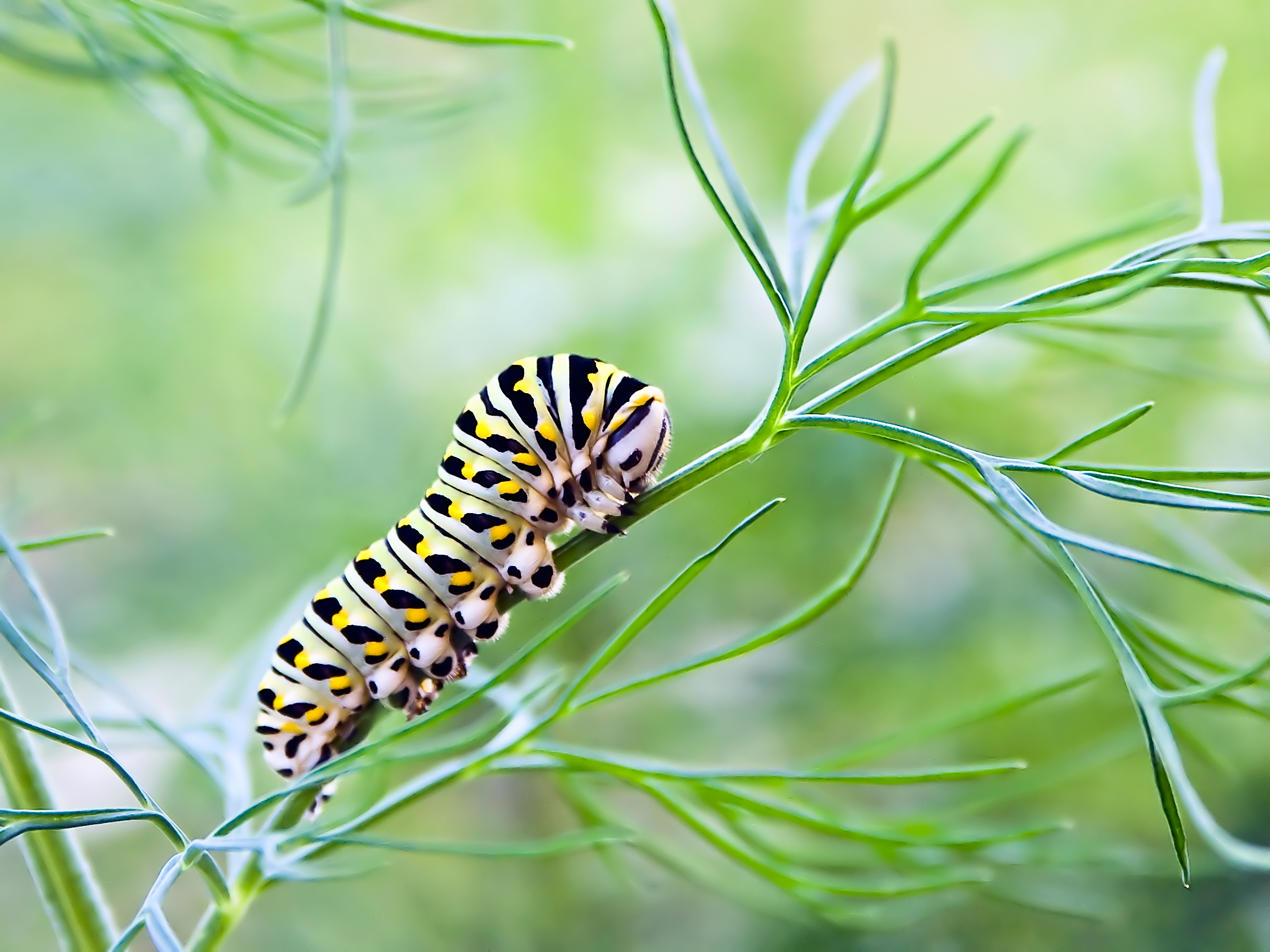
Photo by Keneth Keifer on Shutterstock
Also remember to save some room around the edges of your pots or ground area for wild grass, clover, and nettles to make butterflies feel welcome.
3. Fertilize Your Plants
I like to use slow-release fertilizer pellets that come in plastic shake bottles. Add a pinch of pellets at the root of each plant as you place them into the soil. Follow up with a little at the stems once they’re planted.
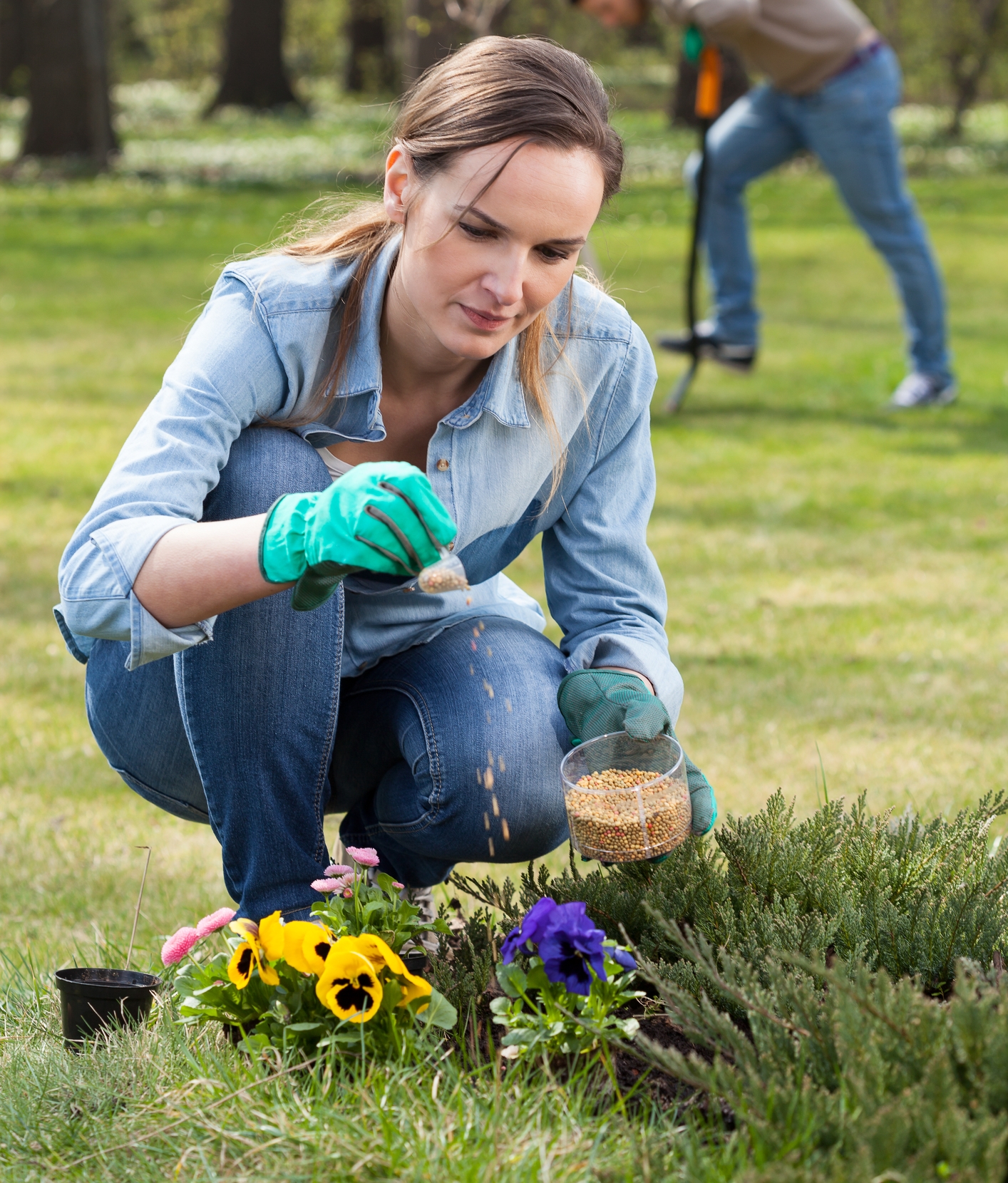
Photo by Photographee.eu on Adobe Stock
It’s only necessary to add more fertilizer every six weeks. If you have a liquid fertilizer you prefer, you’ll just need to treat your plants more often.
4. Watering & Care
Among the easiest plants for beginner gardeners are violets, pansies, Johnny-jump-ups, pentas, marigolds, zinnia, and goldenrod. You don’t need be too concerned about tending to them. Water as needed, but no more than a few times a week if they haven’t gotten a good natural spring shower.
Since you’re feeding caterpillars as well as their parents, don’t be surprised to see some chew marks on the leaves. Just trim the leaves as needed.
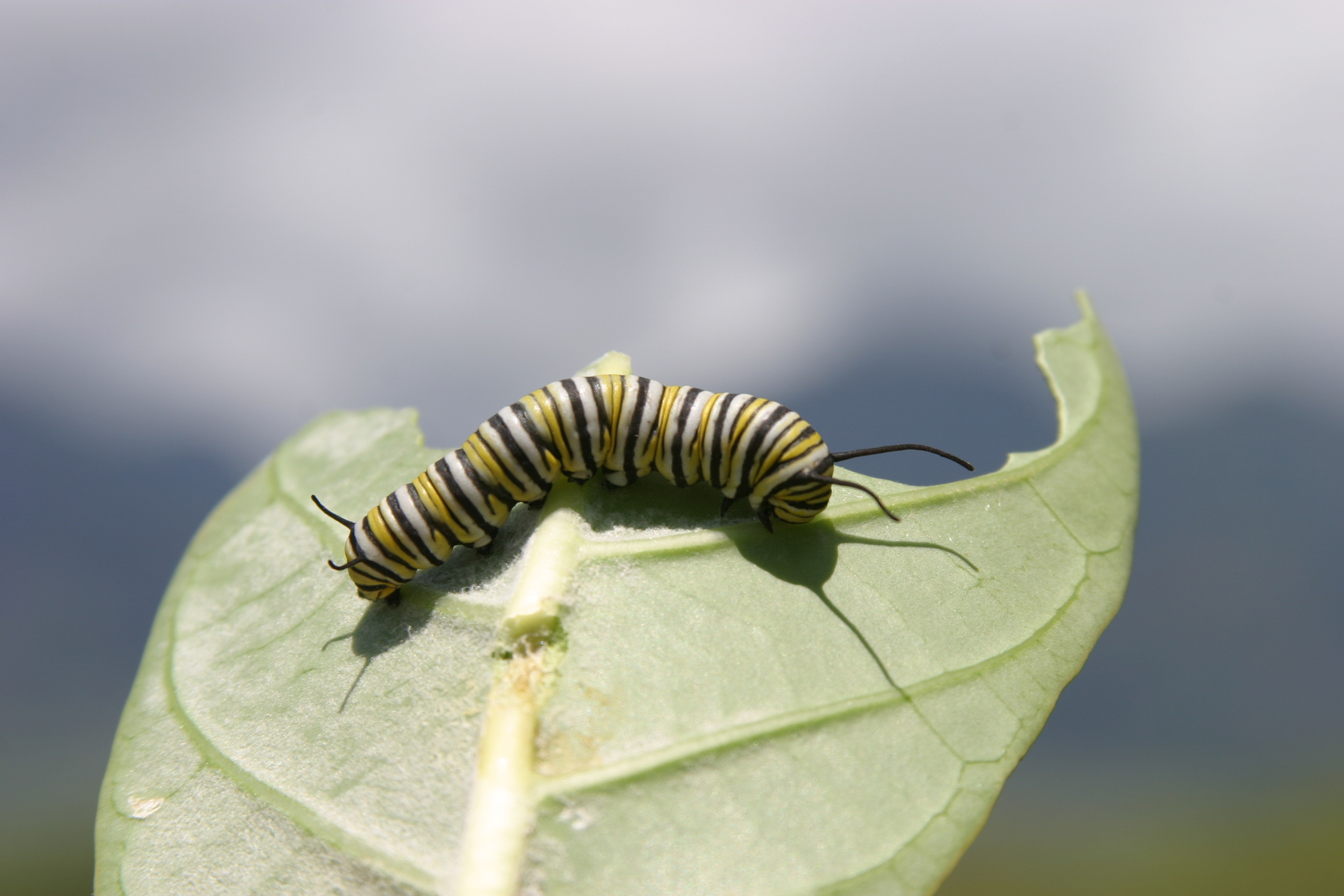
Photo by Michael Ledray on Dreamstime
If you begin to see the inevitable swarm of small bugs like aphids, put one teaspoon of dish detergent in a quart spray bottle filled with water. Just spray your plants as necessary right after watering. The aphids will turn black within a day, and eventually fall off.
Aphids can also be controlled by releasing ladybugs (ladybirds) and other biological pest control agents that do not harm butterflies.
With small home butterfly gardens, it's common for the larvae to exhaust the food source before metamorphosis occurs. If you’re gardening for monarch butterflies, you can replace the expended milkweed with a slice of pumpkin or cucumber to serve as a substitute source of food for monarch caterpillars in their final instar.
5. Add Extras
As long as you’re feeding the butterflies, have the hummingbirds join the party too. They’ll automatically be attracted to all that fragrance, but the addition of their own feeder will keep them coming back for more. The feeder should be cleaned and refilled every two weeks.
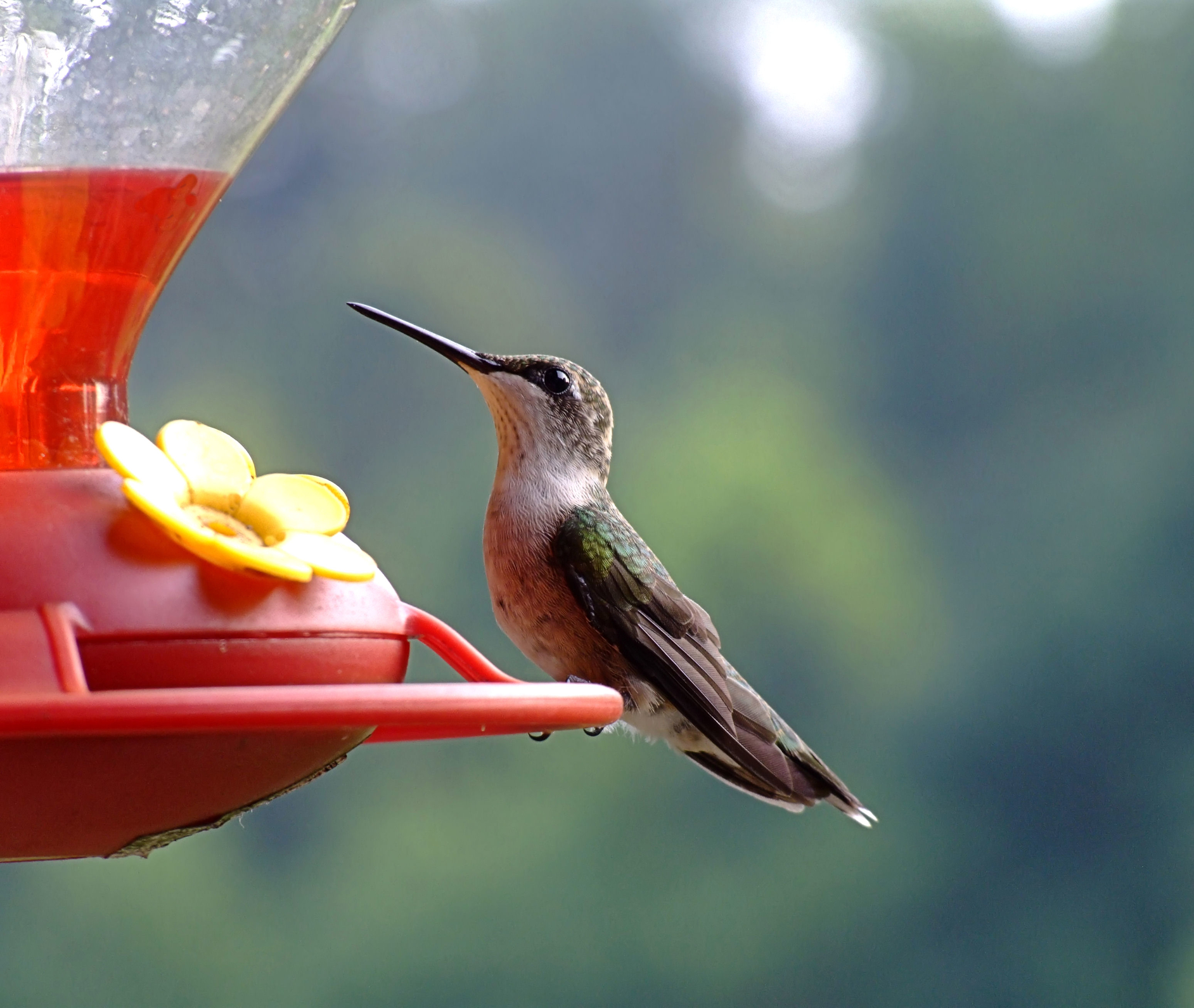
Photo by Wonderwolf on Dreamstime
Keep flowering plants trimmed back and fertilized so they’ll have a chance to spread their blooms all the way through summer.
Many butterflies are becoming less abundant due to habitat destruction and fragmentation, and they don’t feed on the plants regularly found in gardens. But now you know how to create your own butterfly garden to help the butterflies bounce back!




